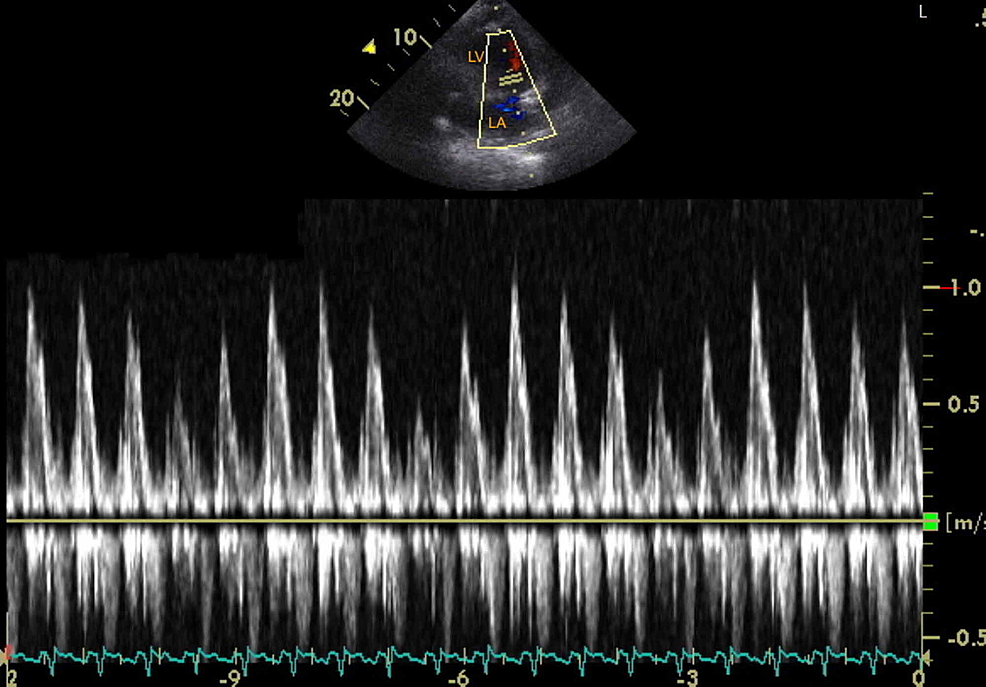

A comprehensive approach to locating defects involves inspecting all aspects of a collection system, including manholes, sewer mains and laterals. They can also use their findings to create a plan to combat inflow and infiltration. Once target areas have been identified through flow monitoring, municipalities should further inspect for I&I. To learn more, read the white paper: Quantitative vs Qualitative: The Case for a Multidimensional Approach to Sewer Condition Assessment. Making smart decisions about sewer maintenance requires both a quantitative approach (such as FELL-41 and flow monitoring) and a qualitative approach (visual inspection methods) to infiltration. Learn more about this method's reliability in this white paper. The method produces two data points: the amount of electrical leakage (a proxy for water leakage) and the distance within the pipe of the leakage. It involves surcharging a section of pipe with water and then introducing electrical current to identify any potential leaks in the pipe’s wall. The FELL-41 is another method to calculate I&I. More information on calculating inflow and infiltration can be found in Working Smarter Against I/I. Visual inspection methods can then determine the severity of I&I in an area. Flow monitoring can be used to identify and prioritize areas for further inspection.

These measurements are used to determine the amount of I&I in the sewer system. What is excessive inflow and infiltration?įlow monitoring is the practice of measuring wastewater flow in the system over time and comparing it with a baseline flow estimate. Your region may rely on entirely different standards, so staying up to date on the most recent regulations is the only way to avoid fines or government interventions. Whatever the calculation, most operators agree that if a plant experiences overflows during storm events, the inflow is excessive. Still other standards argue simply that all I&I is excessive, unless it’s too pricey or difficult to eliminate. The EPA’s inflow benchmark is 275 gallons per capita per day. An alternate EPA method suggests that system-wide infiltration rates under 1500 gallons per day per inch of diameter per mile of pipe (gpd/idm) are acceptable. For this reason, some states prefer a criterion of gallons per day. It does not consider regional and seasonal factors like the intensity of precipitation events and varying groundwater levels. This total includes infiltration, domestic flow, and nominal industrial and commercial flows.

The EPA considers infiltration excessive if a system's average dry weather flow is more than 120 gallons per capita per day.


 0 kommentar(er)
0 kommentar(er)
